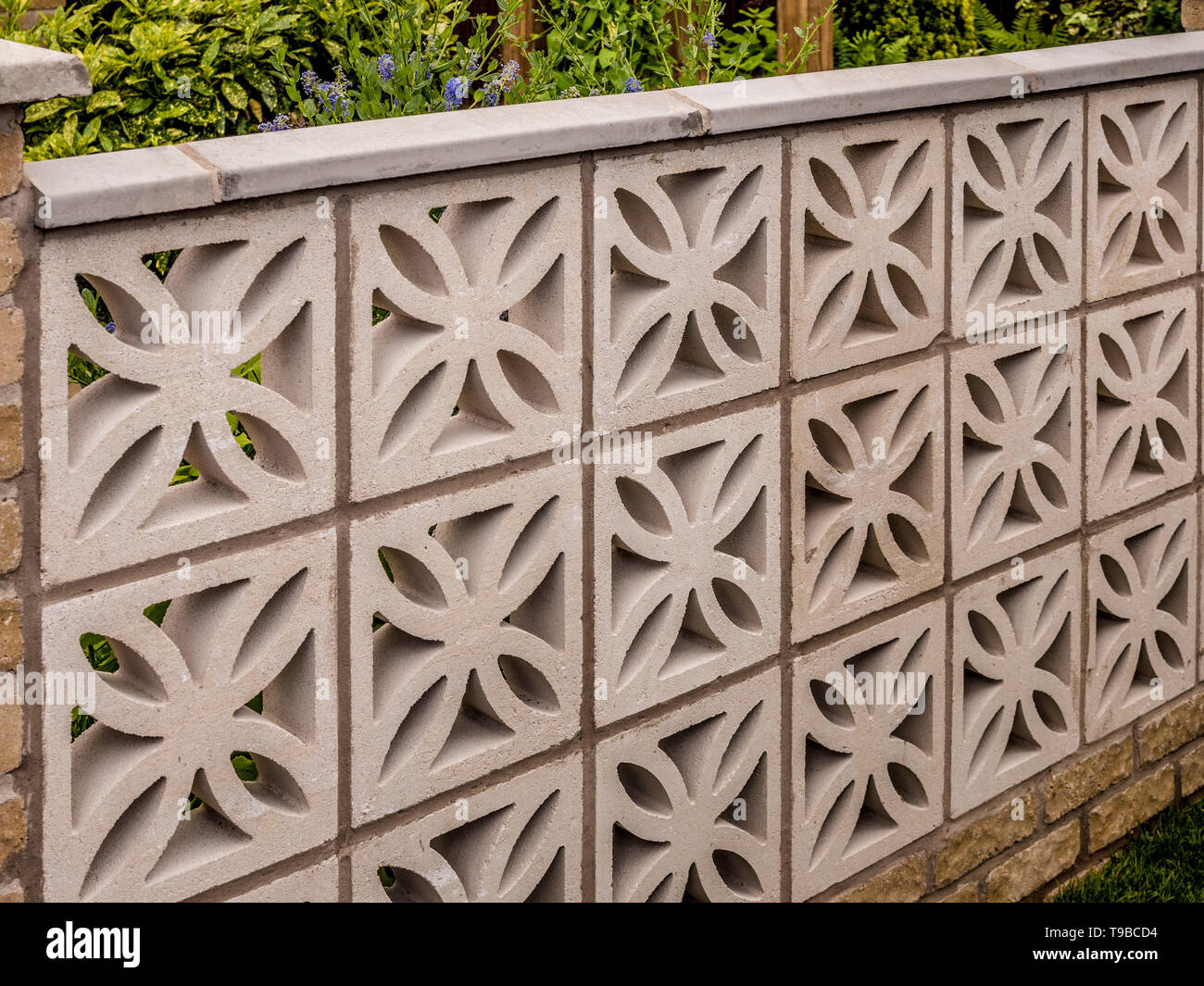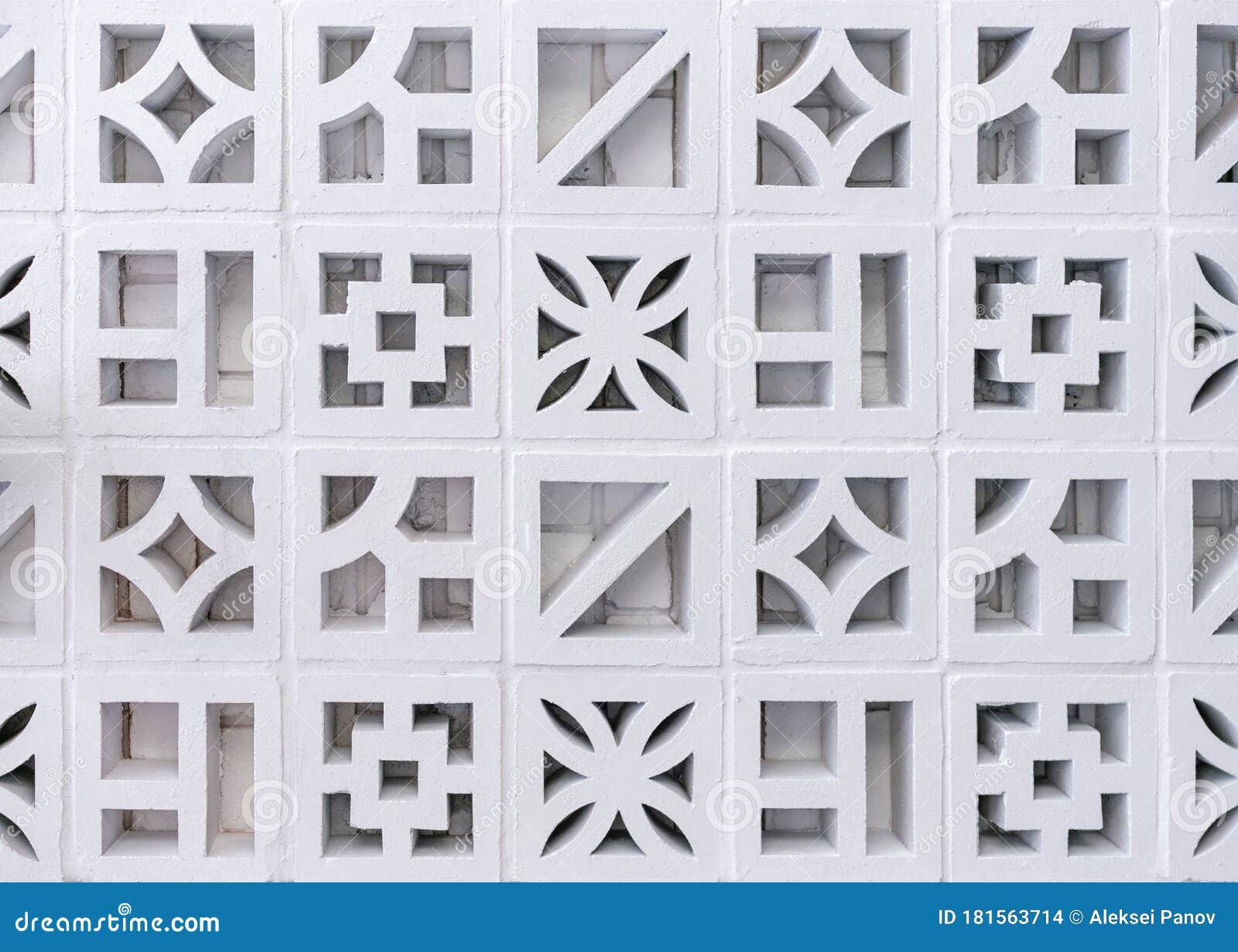Decorative wall blocks are more than just functional building materials; they are an essential aspect of interior and exterior design that can elevate the aesthetic of any space. Having worked in design and home improvement for over a decade, I have personally experienced the transformative power of these blocks. This comprehensive guide will explore decorative wall blocks, their uses, benefits, and how you can incorporate them into your home.
What Are Decorative Wall Blocks?
Decorative wall blocks, often made from materials like concrete, stone, or clay, are used to create visually appealing walls. They come in various shapes, sizes, and finishes, making them suitable for numerous design styles.
Types of Decorative Wall Blocks
- Concrete Blocks: Durable and often used for exterior applications.
- Stone Veneer Blocks: Provide a natural, rustic look.
- Clay Blocks: Commonly used for interior applications due to their warm colors.
- Textured Blocks: Designed to add depth and interest to walls.
Why Choose Decorative Wall Blocks?
There are several compelling reasons to choose decorative wall blocks for your home or office space.
Durability and Longevity
One of the significant advantages of decorative wall blocks is their durability. Unlike paint or wallpaper, which may fade or peel over time, decorative wall blocks maintain their appearance and structural integrity for decades.
Versatility
These blocks can adapt to various architectural styles. Whether you prefer a modern, minimalist approach or a traditional, cozy feel, there’s a decorative wall block that will fit your vision.

How to Incorporate Decorative Wall Blocks in Your Home
Incorporating decorative wall blocks into your home can be done in numerous ways. Here are some popular ideas:
Accent Walls
Creating an accent wall using decorative wall blocks can instantly breathe life into your spaces. Choose a bold color or unique texture to make a statement.

Steps to Create an Accent Wall
- Select the right wall that will serve as an accent.
- Choose decorative wall blocks that complement your existing decor.
- Install the blocks according to your design, ensuring proper alignment.
- Finish the wall with grout or sealant to enhance longevity.
Outdoor Seating Areas
Decorative wall blocks can also be used to build seating walls around patios or gardens. This not only adds seating options but also enhances the visual appeal of your outdoor space.

Fireplaces and Outdoor Fire Pits
Using decorative wall blocks to build a fireplace or fire pit can create a focal point in your backyard, perfect for gatherings with friends and family.
Comparing Decorative Wall Block Materials
When choosing decorative wall blocks, understanding the pros and cons of each material is crucial. Below is a comparison table detailing common materials:

| Material | Pros | Cons |
|---|---|---|
| Concrete | Durable, weather-resistant, cost-effective | Can be heavy, limited aesthetic options |
| Stone Veneer | Natural appearance, lightweight, versatile | More expensive, requires professional installation |
| Clay | Warm colors, easy to work with | Less durable, may require maintenance |
| Textured | Adds dimension, unique aesthetics | May gather dirt, challenging to clean |
Maintenance Tips for Decorative Wall Blocks
To ensure the longevity of your decorative wall blocks, it’s important to maintain them properly. Here are some tips:

Regular Cleaning
Depending on the material, regularly clean your blocks with mild soap and water to prevent dirt buildup. For textured blocks, a soft brush can help reach crevices.
Sealing
Some materials benefit from a sealant to prevent moisture absorption, particularly in outdoor applications. Consult with your supplier about recommended sealants.

Repairing Damage
If a block gets damaged, replacing it promptly can prevent further issues. Most blocks can be replaced without having to redo the entire wall.
Pros and Cons of Using Decorative Wall Blocks
Every design element comes with its own set of advantages and disadvantages. Here’s a detailed look at the pros and cons of decorative wall blocks.

Pros
- Durable and long-lasting
- Wide variety of styles and textures
- Versatile use for indoor and outdoor applications
- Can add value to your property
Cons
- Initial cost can be higher than traditional options
- Some materials may require professional installation
- Heavy materials may require additional structural support
Frequently Asked Questions (FAQs)
1. Are decorative wall blocks suitable for all climates?
Yes, most decorative wall blocks are designed to withstand various climates. However, it’s essential to choose the right material based on your specific weather conditions.
2. How do I choose the right decorative wall block for my project?
Consider factors such as aesthetic preference, the intended use of the space, and the block’s material properties before making a selection.
3. Can I install decorative wall blocks myself?
While some homeowners can install decorative wall blocks themselves, it’s often best to consult with a professional, especially for heavier materials.
4. What is the cost of decorative wall blocks?
Pricing varies based on material and design, but on average, you can expect to pay between $5 to $25 per square foot.
5. How can I make my decorative wall block installation stand out?
Experimenting with patterns, colors, or integrating lighting can enhance the visual appeal of your installation.
Final Thoughts
Decorative wall blocks offer an unparalleled opportunity to elevate your space with style and durability. Whether you’re looking to create an accent wall, enhance your outdoor areas, or renovate indoor spaces, these versatile materials can meet your needs. By choosing the right type of decorative wall blocks and maintaining them properly, you will enjoy their aesthetic and functional benefits for years to come.